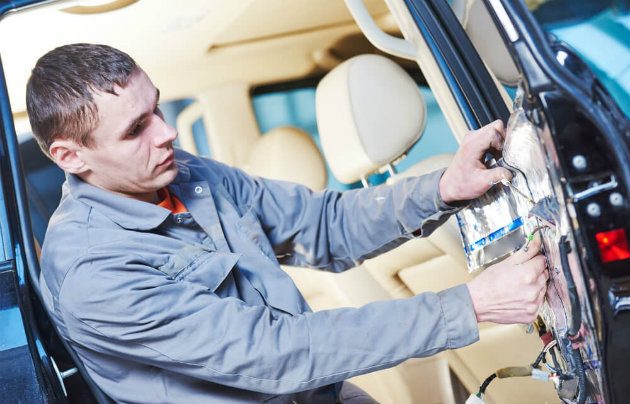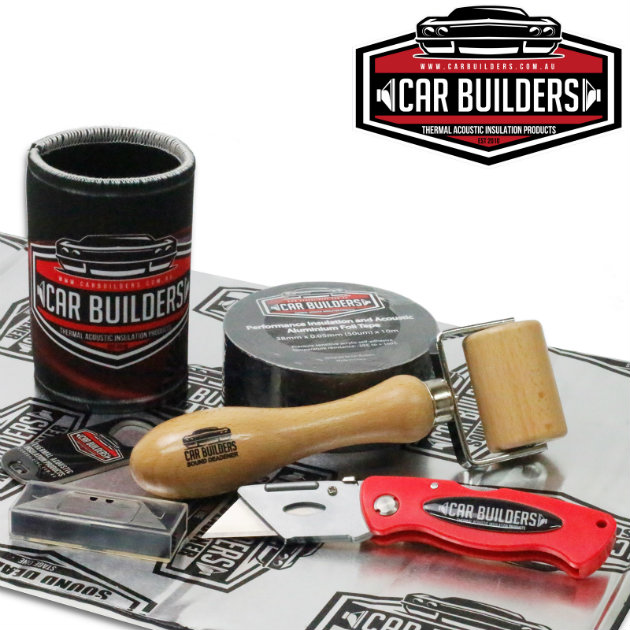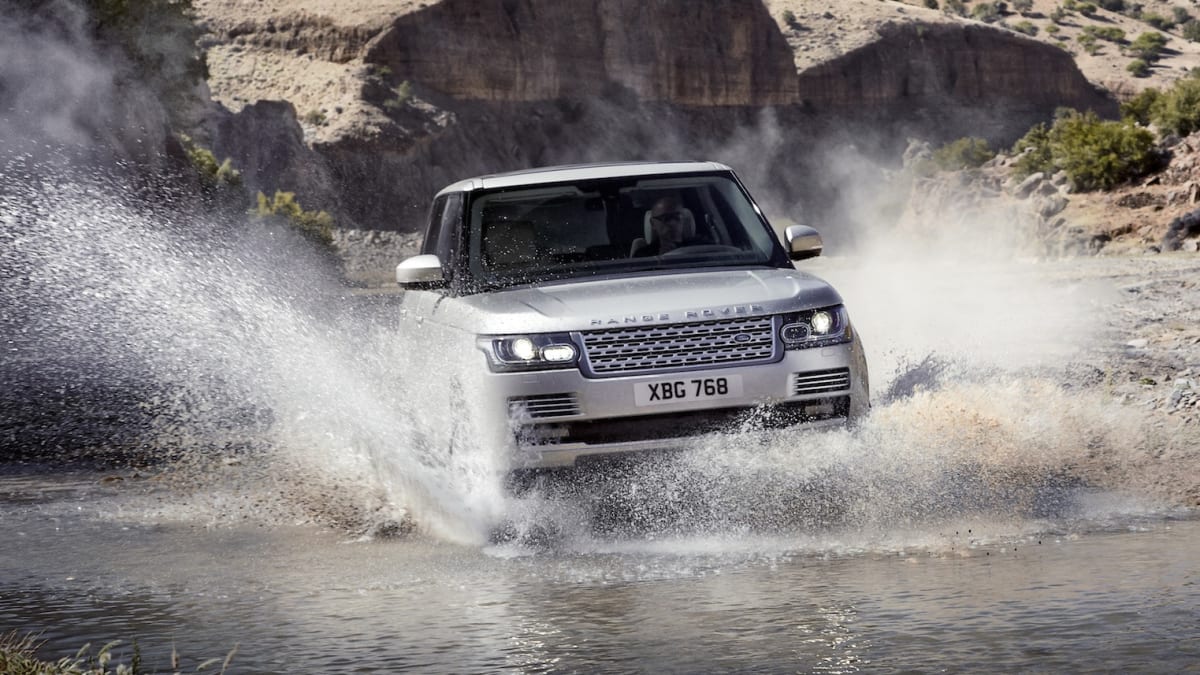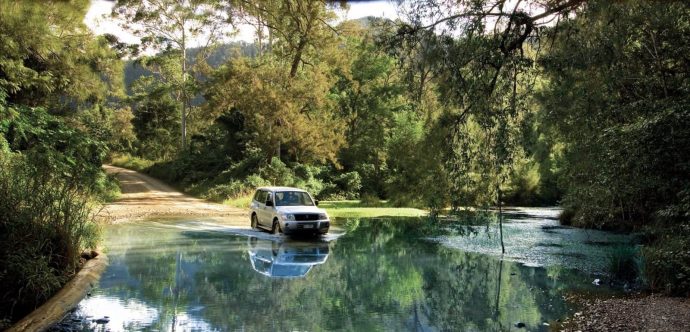Owners of brand new 4×4 vehicles usually don’t think about car floor insulation because, well, the passengers’ cabin is usually good at keeping noises at bay. This is not the case with vehicles that have been around for some time, nor with vehicles that had seen some wear.
Ingress of water into any part of the 4WD means trouble and has the potential to leave you stranded. Waterproofing an off-road vehicle is taken very seriously even by those operating fairly new jeeps. It’s very important to seal your 4×4 and your typical sound deadening car floor mats can double as vehicle floor insulation to keep the heat out. Would be simply fair to do your best to protect the car before taking it through the harsh outback conditions.
Soundproofing

Drivers outside the 4×4 world might believe soundproofing a vehicle is a matter of comfort. While that is partly true, in off-road driving, keeping the sound at bay should be done for safety reasons as well. Spending hours on end in the ride and listening to the exhaust drone can drive you crazy. You can go and change your exhaust muffler, but this will probably only affect your fuel economy and not totally get rid of the nuisance.
The most convenient way to do it properly is to get a sound deadener. This is a sound dampening mat designed to make soundproofing easy. It’s done not just so you can hear which song plays on the radio, but it also works as a good car floor insulation against excessive vibration and transfer of heat.

There are a number of sound deadening products online and they all claim good results. Obviously, some are better than others. Look for ones made from high-quality materials that are easy to install and will last a while. In terms of materials, those made from butyl rubber noise absorption layer (and reinforced with aluminium top layer) are top-notch.
Installation should be straightforward – peel the liner and roll it. Stay away from car floor heat shields that require unnecessary complex installation. This affects durability as well, for if there is no adhesive layer, then durability is considerably longer. Go for materials that won’t brittle, rot or deteriorate. This whole automotive insulation is best done when your vehicle is stripped bare, so you want a material that will hold its place for a long time.
Look for sheets that are universal, and not just meant for auto floor insulation. Doing so would allow you to use the same sheets to insulate more areas: under car mats and carpets, roof skins, inside cavities, in the trunk as firewalls, etc.
Waterproofing
As much as we blokes would enjoy it, 4×4 is not an amphibious vehicle. That being said, a water-crossing capability is very important for 4WD vehicles which have set their course off-road. Sometimes it’s just an ankle-deep stream your team needs to cross. But things can get very serious very quickly when your wheels are on a river bed. And one must be well prepared for the encounter.

There are three essential steps for safe crossings: preparation, driving and maintenance after the fact.
Many car components don’t like water. To prepare the vehicle for a crossing, you want to spray water repellent on ignition wires. This can be extended to parts that are expected to come into contact with water (depends on the depth of water and exact ground clearance of your vehicle). It is advised to place a plastic sheet across the front bumper. Coupled with cautious driving this can limit exposure of the front hood to the water. It is also advised to prepare your vehicle recovery accessories upfront, so if need be, you can act in an instant. Connect a tow strap, both front and rear, have your winch ready, and roll your windows down – you need an escape route and opening the door will not cut it.
It might seem that you need to engage the vehicle to its maximum capacity and cross at full throttle. Actually, this is not advised, not even if you start losing traction. In such a case, don’t over-rev the engine, back off instead. Excessive throttle will create the infamous ‘washing machine’ effect and won’t get you anywhere.

Once you get to the other side, you need to run checks on almost all systems of the vehicle. If the water got above the axles you need to check the differentials. Check if the brakes are still good to go. Wait for electrics to dry off and run an inspection on the whole engine bay. It’s best just to replace the drive belts. When you get home, check the gearbox and engine oils and apply grease abundantly.
If you are adventurous and perform water-crossings on a more regular basis, consider upgrading your vehicle with several fittings. For example, having a good flow of cold air intake to your air filters is beneficial to conventional driving, but it doesn’t fare well in water. Installing snorkels and moving this fixture to the roofline will be a great relief for the engine. The same goes for extending differential breathers. If you use plastic tubing to bring them at a higher point on the chassis, you will stop the ugly mess that comes with emulsified oil.



